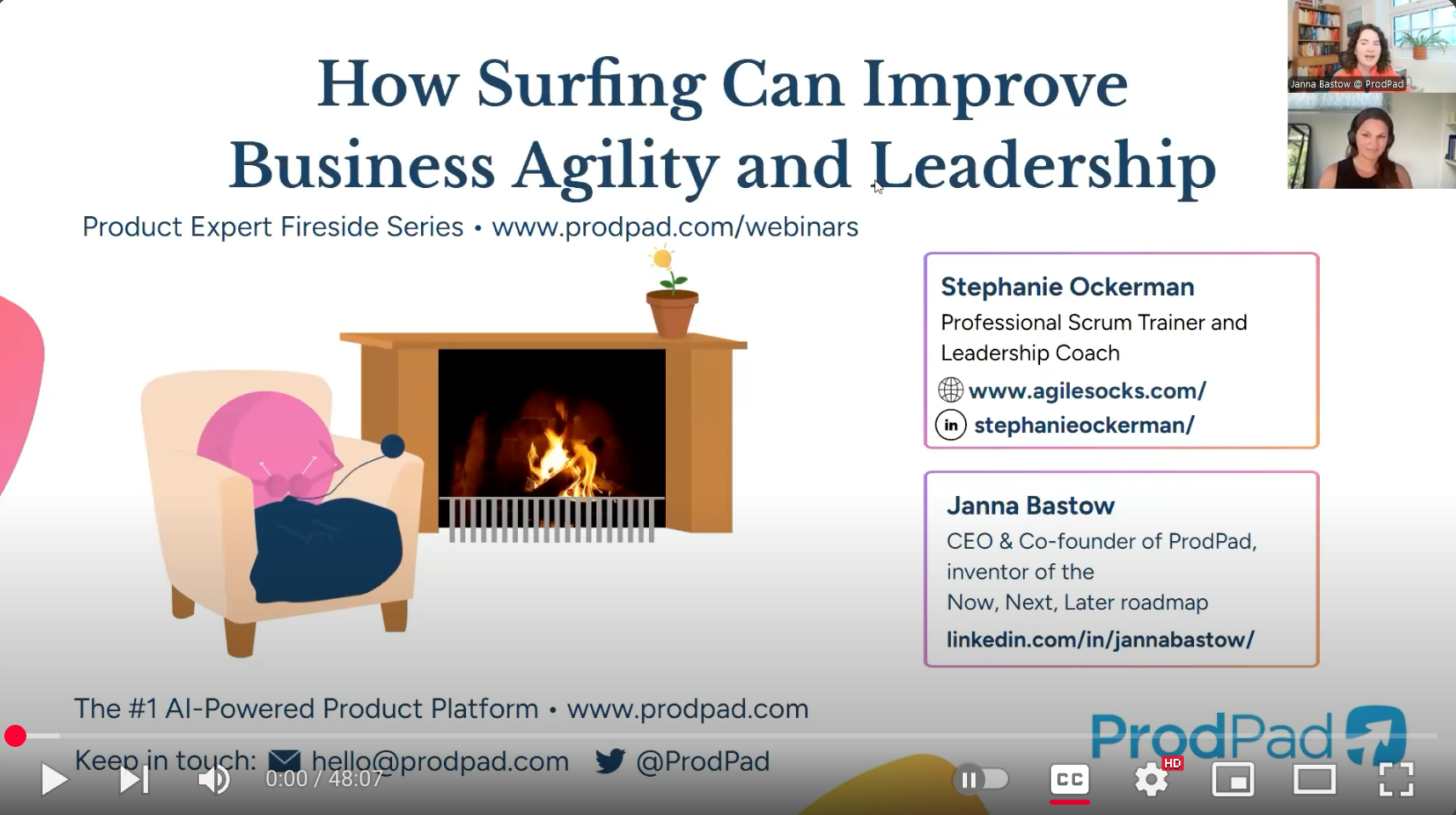
Over the years of working in both traditional and agile environments, I have noticed a pattern. It is something I now call a culture of escalation. In this post, I will share the common causes of a culture of escalation and some tips for breaking out of the pattern.
In my experience, there are three things that contribute to a culture of escalation:
When everything is a priority, nothing is a priority. This situation often pits different business areas, or even people in the same business area, against each other. Instead of collaborating towards creating value for the organization, they are working against each other in a win-lose scenario. This can lead to a situation where people do not have clear direction, so they do not feel capable of, or empowered to, make decisions.
And if someone does make a decision, someone else disagrees and escalates. (And they have good reason to because there is not clear direction and this will impact their own success). It becomes a vicious cycle. We are either wasting a lot of time waiting for leadership to make decisions, or we have a hostile environment where stakeholders and Product Owners are battling it out to get their thing done.
We also see this manifest as WIP (work in process). We start something, and then have to put it down and work on something else while the escalations play out. So lots of activity happening in the delivery teams, but not a lot of valuable outcomes created.
Does any of this sound familiar?
I’ve been there, and I know it’s frustrating and overwhelming. So let me leave you with three steps you can take to break the pattern and shift away from this culture of escalation.
Step 1: Set a clear direction and actually prioritize your portfolio.
Leaders need to set clear goals and help people understand how those goals affect their work. This is not a one and done situation. This should be an ongoing conversation as we continue to deepen our understanding of the goal and as the context potentially changes over time. The goals may even need to change.
The Product Portfolio should clearly align with the goals. And it should be inspected and adapted regularly. How frequently will depend on the rate of change that affects your business. In my experience, it is likely no less than quarterly.
And the Product Portfolio should be prioritized. Stop with the priority “buckets.” The way I see the low, medium, high priority buckets done in practice is not really prioritization. Nothing will ever be a low priority. Most things will be a high priority. And most of the mediums will likely never get done anyways, so why are you wasting time managing that inventory.
Step 2: Empower Product Owners and enable them to collaborate with each other.
When Product Owners have an understanding of how their product aligns with the strategic direction of the organization and their business area, they will make good choices. They will identify an appropriate Product Goal and manage the Product Backlog effectively.
Will every decision be “right?” Probably not if you’re doing complex work and navigating change and unpredictability. But they will leverage Sprints to learn and make the next right decision. (Afterall, this is the power of the Sprint.)
And when timing conflicts arise – whether it is within their own control or related to dependencies on another team – they will be able to work through it with the people directly involved and find the best way forward. Escalation may still need to happen, but it will be the exception not the rule. And all of the dialogue has already created transparency to the situation, and a senior leader can make a quick decision. I wouldn’t even call this escalation – that word is loaded with baggage. It’s just getting one more perspective to help process the insights generated from the dialogue.
Step 3: Make your delivery process easy, flexible, and value-filled.
I once worked at a company where following the official process (i.e. no exceptions or escalations) would take almost an entire year to go from idea to delivery. And I mean for a small enhancement. This was NOT competitive in their domain. And this was why everything had to be escalated.
Take an honest look at your delivery process. What is the cycle time if all steps are followed and take the usual amount of time? Where are there often bottlenecks or delays? What activities feel “heavy” or maybe like you just check the box without getting much value from actually doing the activity? Where can we empower our Scrum Teams to determine the best way to fulfill a need in their context rather than dictate the processes and tools to fill the need?
These 3 steps may feel hard.
Keep in mind, you do not need perfection. You do not need every single thing to be in place right now. Start with what is in your control. And create dialogue to help bring transparency to the things that are outside of your control. (You may find #3 in this post about tackling impediments helpful.)



AGILE SOCKS is a registered trademark of Agile Socks LLC. Other marks used herein are the property of their respective owners. For more information see Trademark Notice in Terms & Conditions.